
Godello, a white grape variety once on the brink of extinction, has risen like a phoenix to become one of Spain's most captivating white wine varieties. Originating from the verdant valleys of Galicia, this hidden gem was nearly lost to the world until dedicated vintners in the 1970s rediscovered and nurtured it back to its rightful prominence. Today, Godello wines are celebrated for their complex flavour profiles and versatility, capturing the essence of their unique terroir. This guide delves into the heart of Godello's captivating story, exploring its subtle nuances and the passionate winemakers who believe in its extraordinary potential. Join us as we uncover the secrets of this lesser-known but profoundly enchanting varietal.
Table of Contents
By the end of this article, you’ll have a well-rounded knowledge of Godello wines, from their sensory profile to the best ways to enjoy them. Let’s embark on this flavorful journey together.
Godello wines, originating from the northwestern region of Spain, especially Galicia, are celebrated for their complexity, giving the wines unique characteristics. Godello grape variety plays a crucial role in producing exceptional white wines that can rival the quality and complexity of top white Burgundies. These wines are produced primarily in the Valdeorras, Monterrei, Ribeira Sacra, and Bierzo regions. Each of these areas gives unique characteristics to the wines due to their distinct climates and soil compositions.
Indigenous grape varieties, particularly Godello, are significant in the regions of Portugal and Galicia. These grape varieties thrive in diverse landscapes and terroirs, contributing to the production of high-quality wines with unique flavour profiles.
Godello wines are known for their aromatic intensity, often featuring scents of pear, apple, peach, and sometimes tropical fruits like pineapple and melon. They can also carry subtle herbal notes, such as fennel and chamomile, and floral hints. On the palate, these wines typically showcase vibrant citrus, green apple, and stone fruit flavours, underscored by a distinctive minerality that reflects the terroir of the vines and their growing regions.
The cool, maritime climate of Galicia is ideal for Godello, allowing the grapes to develop a balanced interplay of freshness and richness. Wines from Valdeorras, for example, have a crisp acidity and expressive minerality. The combination of granite and slate soils in this region enhances the wines' complexity and depth.
In Portugal, Godello, known as Gouveio, is cultivated in regions such as Douro and Dão. Here, it produces wines ranging from bright and crisp to more full-bodied and complex, which are good prospects for oak aging. Portuguese Godello wines maintain a refreshing acidity but also offer a rich texture.
Godello wines can be versatile, ranging from fresh and zesty to lush and creamy, depending on the winemaking techniques used. Stainless steel fermentation gives the wines good natural acidity and fruity characteristics, while oak aging and more contact with the lees can add creaminess and body to the wines. This adaptability makes Godello wines suitable for different occasions.
Godello wines are known for their complexity and vibrant sensory characteristics, with tasting notes that include baked pear, pineapple, citrus, and a distinct minerality.
Godello wines typically exhibit a golden-yellow hue, which can deepen with age. The body of these wines varies depending on the winemaking techniques employed. Young, stainless steel-fermented Godello wines are usually medium-bodied with a crisp and clean appearance. In contrast, Godello wines that undergo oak aging develop a fuller body, adding richness and creaminess while maintaining their freshness.
Godello wines have a complex and engaging aromatic profile, which can be categorized into primary, secondary, and tertiary notes:

Primary Notes
The primary notes of Godello wines are derived directly from the grape variety and the terroir in which it is grown. These aromas are typically present from the moment the wine is made and do not require aging to be perceived. They include:
Secondary Aromatic Notes
Secondary aromas in Godello wines develop during and after the fermentation process, influenced by winemaking techniques such as aging on lees or malolactic fermentation. These include:
Tertiary Aromatic Notes
Tertiary aromas in Godello wines develop with bottle aging and are indicative of the wine’s maturation in a bottle or oak. These notes are less commonly emphasized in Godello compared to other varieties, as many are enjoyed relatively young. However, when aged, these notes can include:
These aromatic notes make Godello wines intriguing and inviting. Layers of aromas reveal themselves gradually as the wine opens up.
Godello wines, heralded for their elegance and complexity, present a fascinating array of taste notes that evolve from primary to tertiary stages, influenced by both the grape's characteristics and the winemaking techniques employed. Here's an in-depth look at the taste profile of Godello wines categorized into primary, secondary, and tertiary notes:

Primary Taste Notes
The primary tastes in Godello wines are heavily influenced by the grape itself and the environment in which it is grown. These are the flavours that are immediately noticeable upon tasting and include:
Secondary Taste Notes
Secondary tastes of Godello wines develop during the winemaking process, particularly through fermentation and aging methods. These flavours include:
Tertiary Taste Notes
Tertiary tastes in Godello wines are generally developed with aging and are less pronounced compared to primary and secondary flavours, given that Godello is often consumed relatively young. However, with proper aging, these flavours can include:
Godello wines, known for their fresh acidity and complex flavour profile, are incredibly versatile when it comes to food pairings. These wines can complement a wide range of dishes, such as seafood, poultry, vegetarian, and vegan. Here are some excellent companions for Godello wines.

Godello wines are mostly produced in the northwestern region of Spain, especially in Galicia. The historical origins of godello vines trace back to the Iberian Peninsula, with cultivation since the days of the Roman Empire and mentions by historical figures like Pliny the Elder. The unique climates and geographical conditions of these regions influence the characteristics of Godello wines, contributing to their unique profiles.
Grape varieties, particularly Godello, hold significant historical and viticultural importance in the regions of Spain and Portugal. These varieties exhibit unique characteristics in different terroirs, contributing to the production of high-quality white wines.
Here are the main regions where Godello wines are produced:

Godello wines can be enjoyed at their best when properly served and stored. Here are some practical tips to help you get the most out of your Godello wines.
Temperature:
Glassware:

Temperature and Humidity:
Light and Vibration:
Position:
By following these tips for serving and storing Godello wines, you can ensure that you enjoy their full range of flavours and aromas.
Godello and Albariño are two prominent white wine varietals from Spain, particularly from the Galicia region. While Godello is often compared to White Burgundy due to its similar aroma, texture, and aging potential, Albariño has its own unique characteristics.
Godello wines stand out in the world of white wines due to their unique combination of vibrant acidity, complex flavour profiles, and exceptional versatility. Originating from the Galicia region in Spain, these wines benefit from the cool maritime climate and diverse soil types, which impart a distinctive minerality and freshness to the wines. The Godello grape excels in creating wines with a balanced interplay of flavours, characteristics, and complexity.
The versatility of Godello wines is showcased in their ability to range from crisp and refreshing at a younger age to rich and complex when oak-aged. This adaptability makes them suitable for a wide range of occasions and pairings, from light seafood dishes to richer, more flavorful cuisines. The process of bâtonnage, where the wine is left in contact with dead yeast cells and regularly stirred, enhances the structure and mouthfeel, resulting in richer, deeper, and more textured white wines.
What truly sets Godello apart is its capacity for aging and the depth of flavours it can develop over time. While many white wines are best enjoyed young, high-quality Godello can mature gracefully, revealing layers of stone fruits, herbal nuances, and a creamy texture that rivals some of the best white wines in the world.
In summary, Godello wines are unique for their harmonious balance of acidity, minerality, and fruit complexity, making them a remarkable choice for both casual sipping and serious wine connoisseurs. Winemakers harness the grape's full potential to produce wines that reflect the unique characteristics of each region, creating a real sense of distinctiveness.

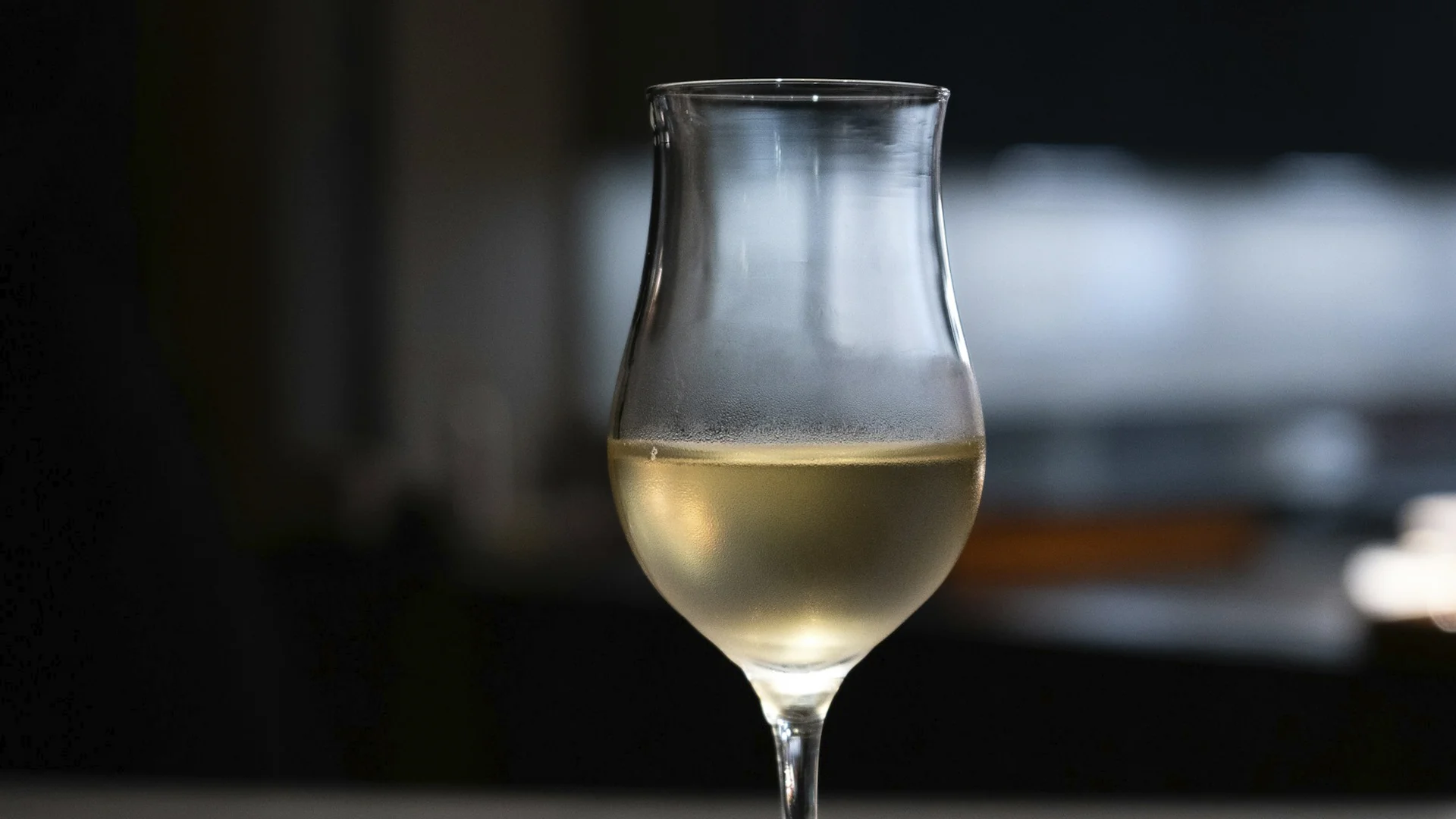
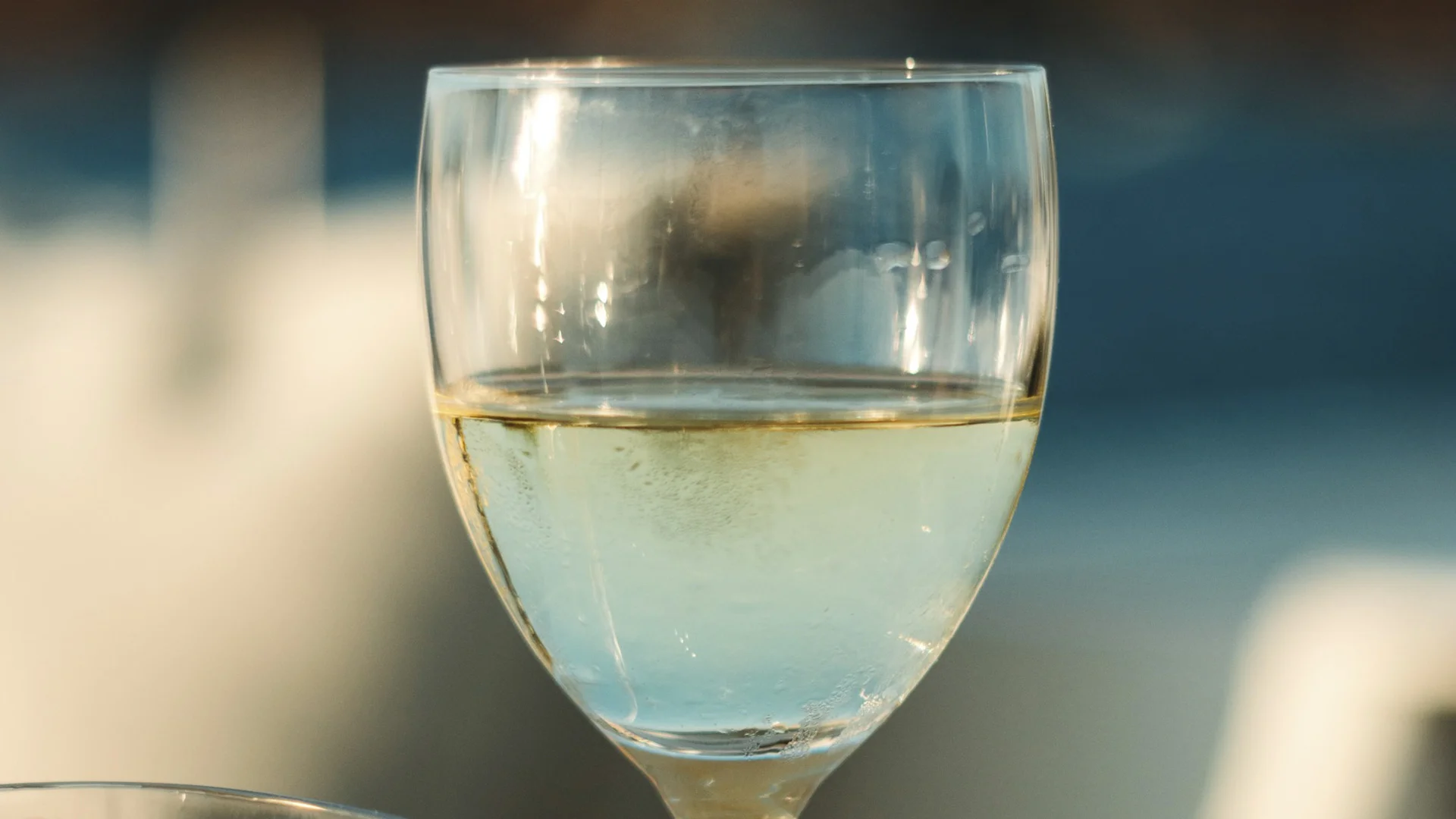

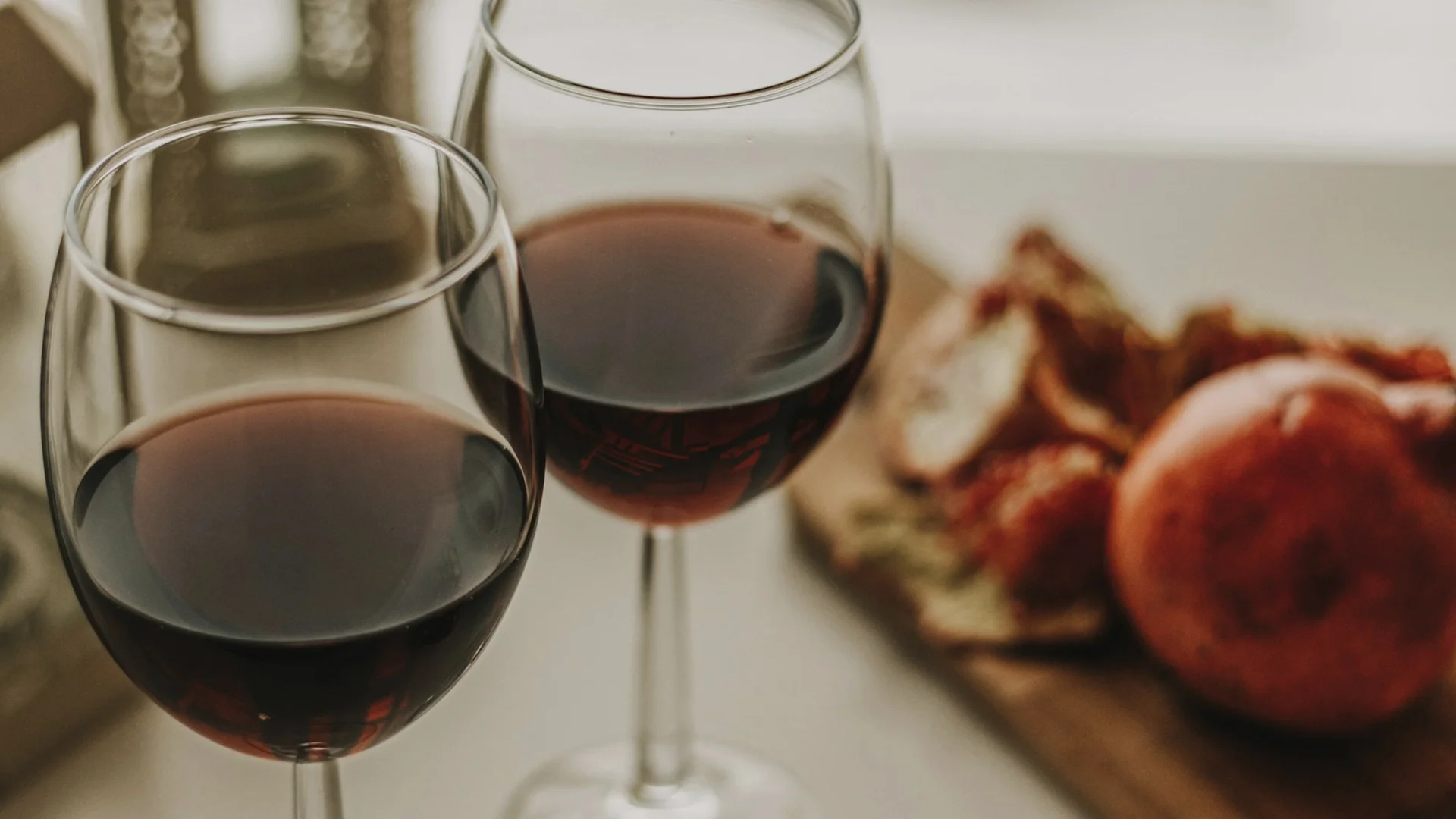


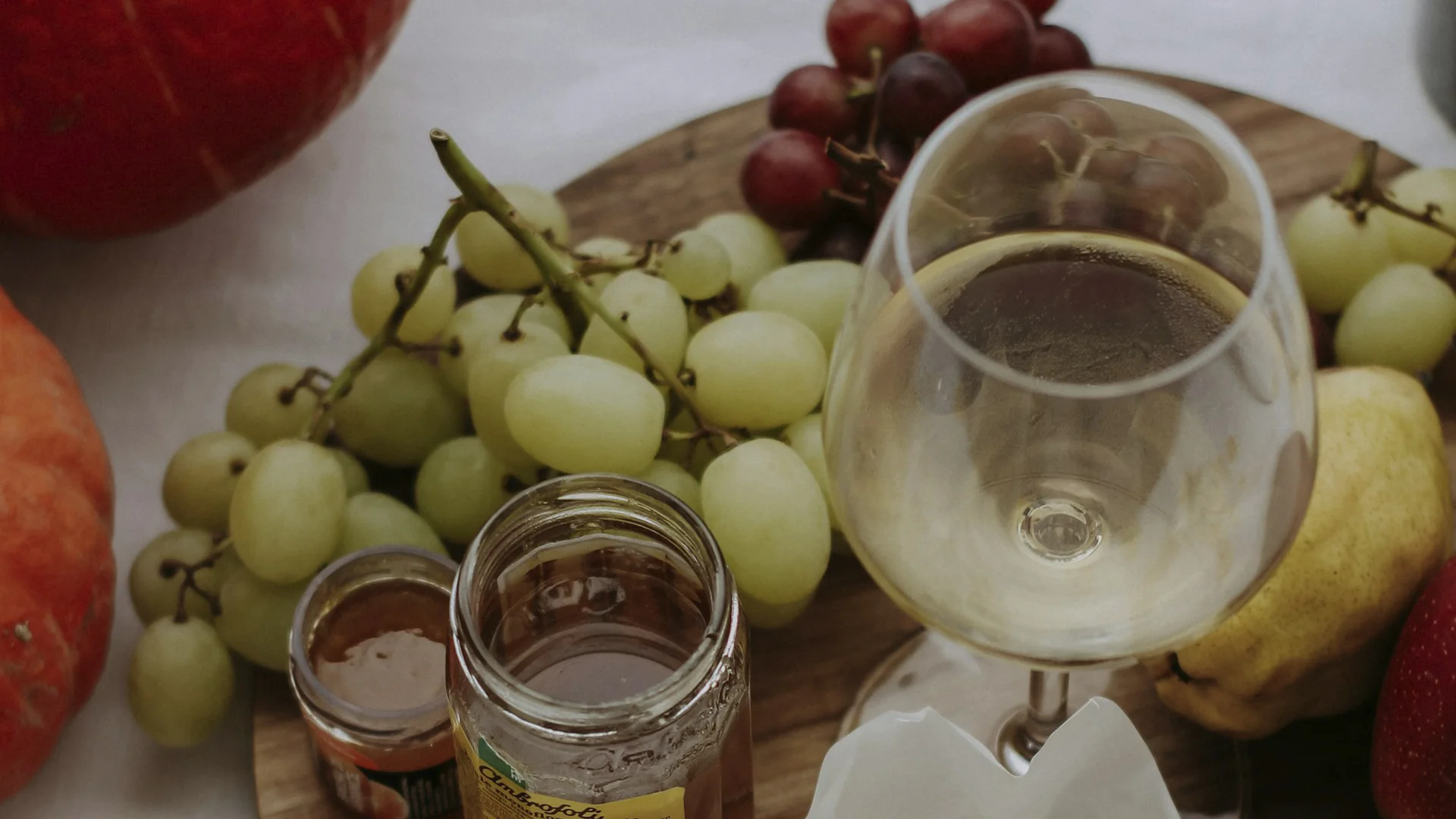



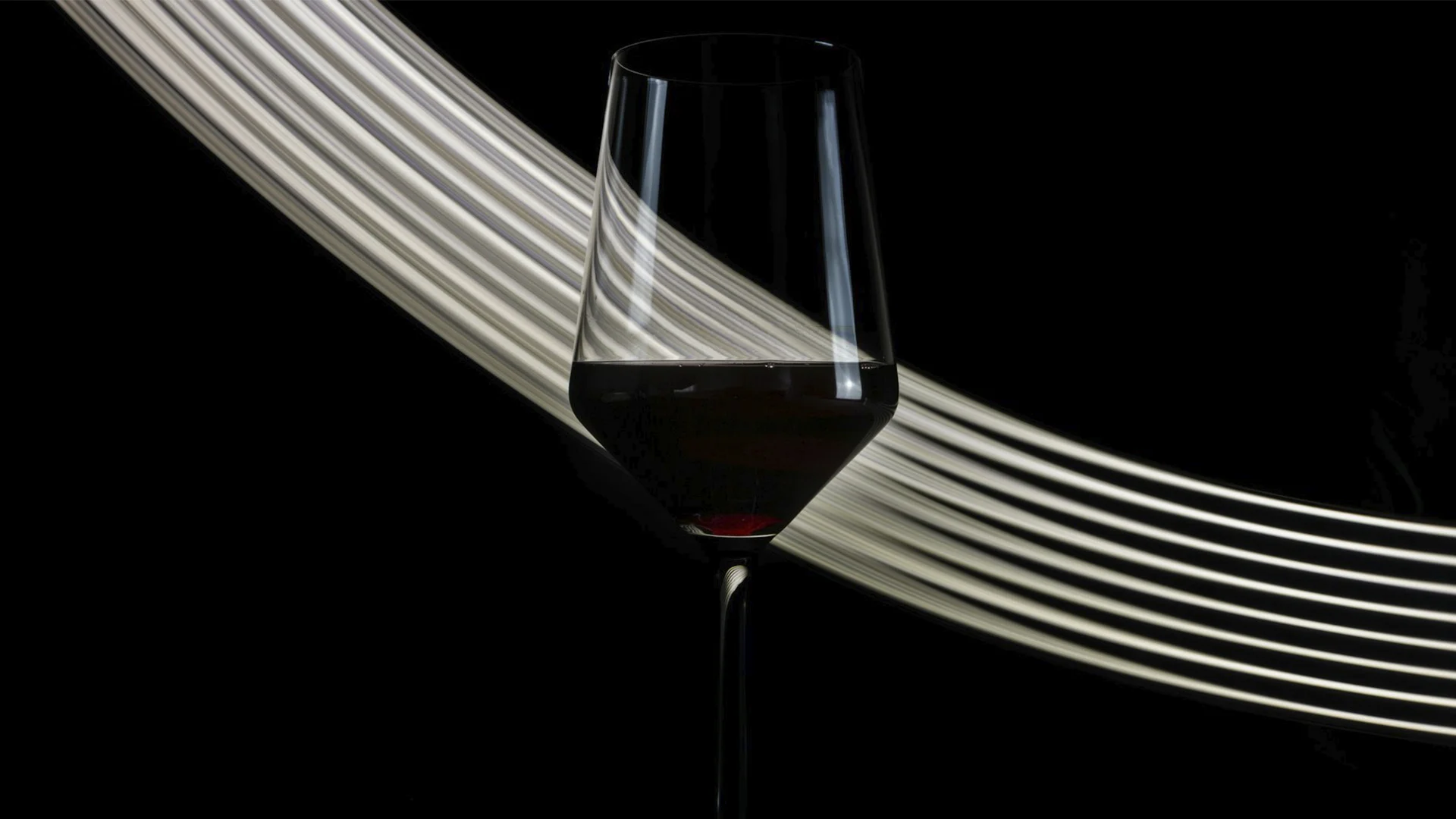



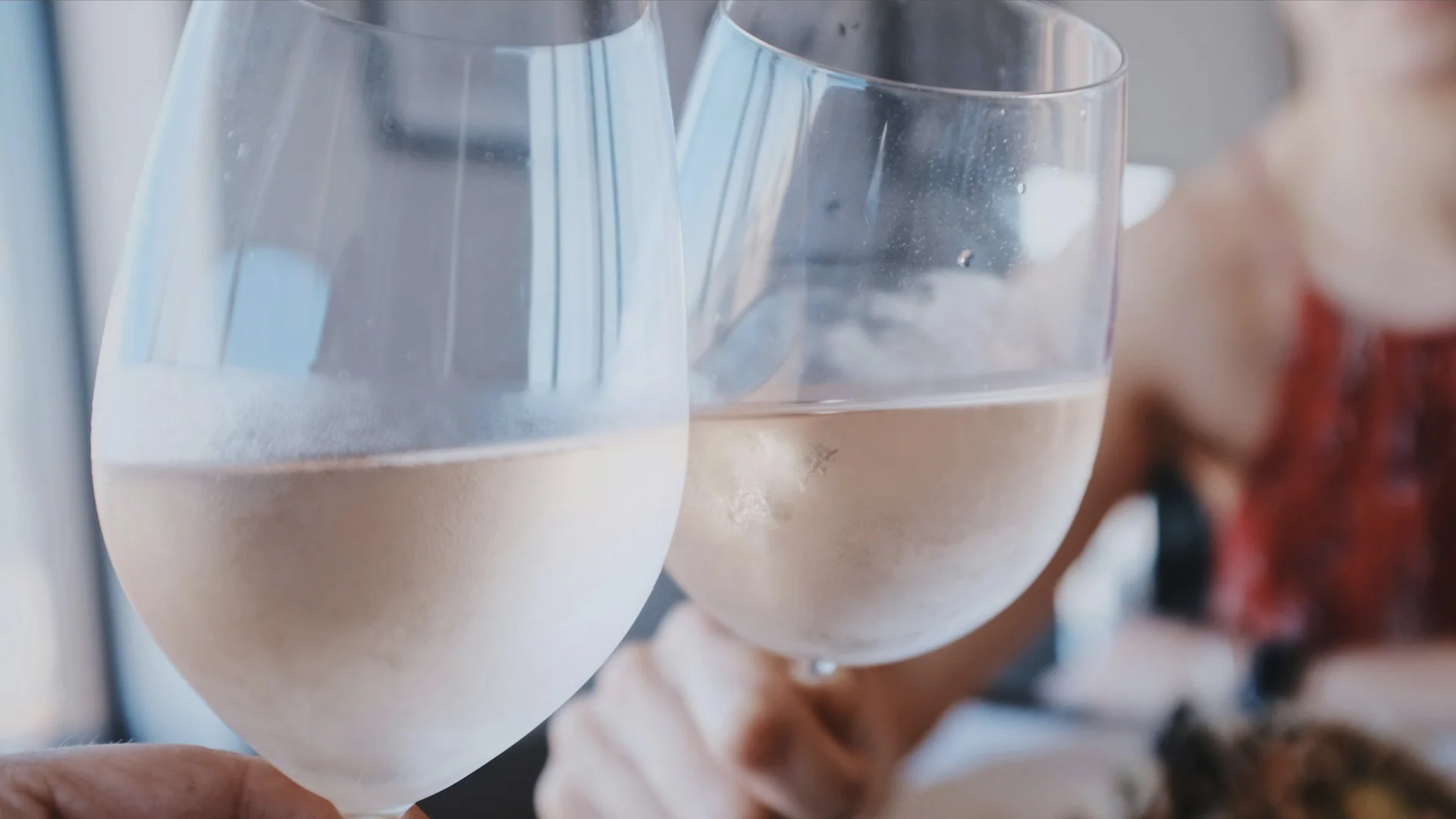




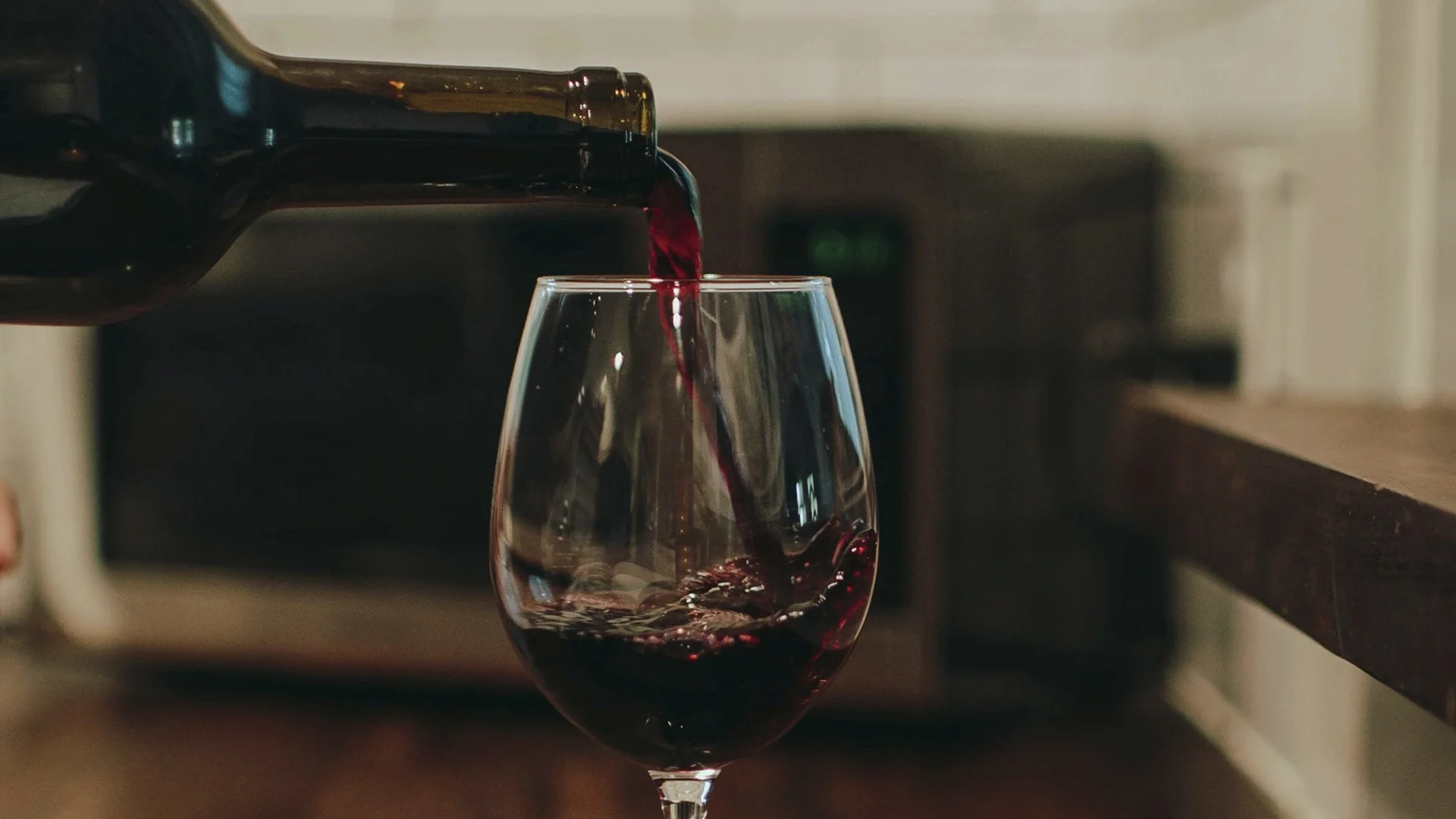


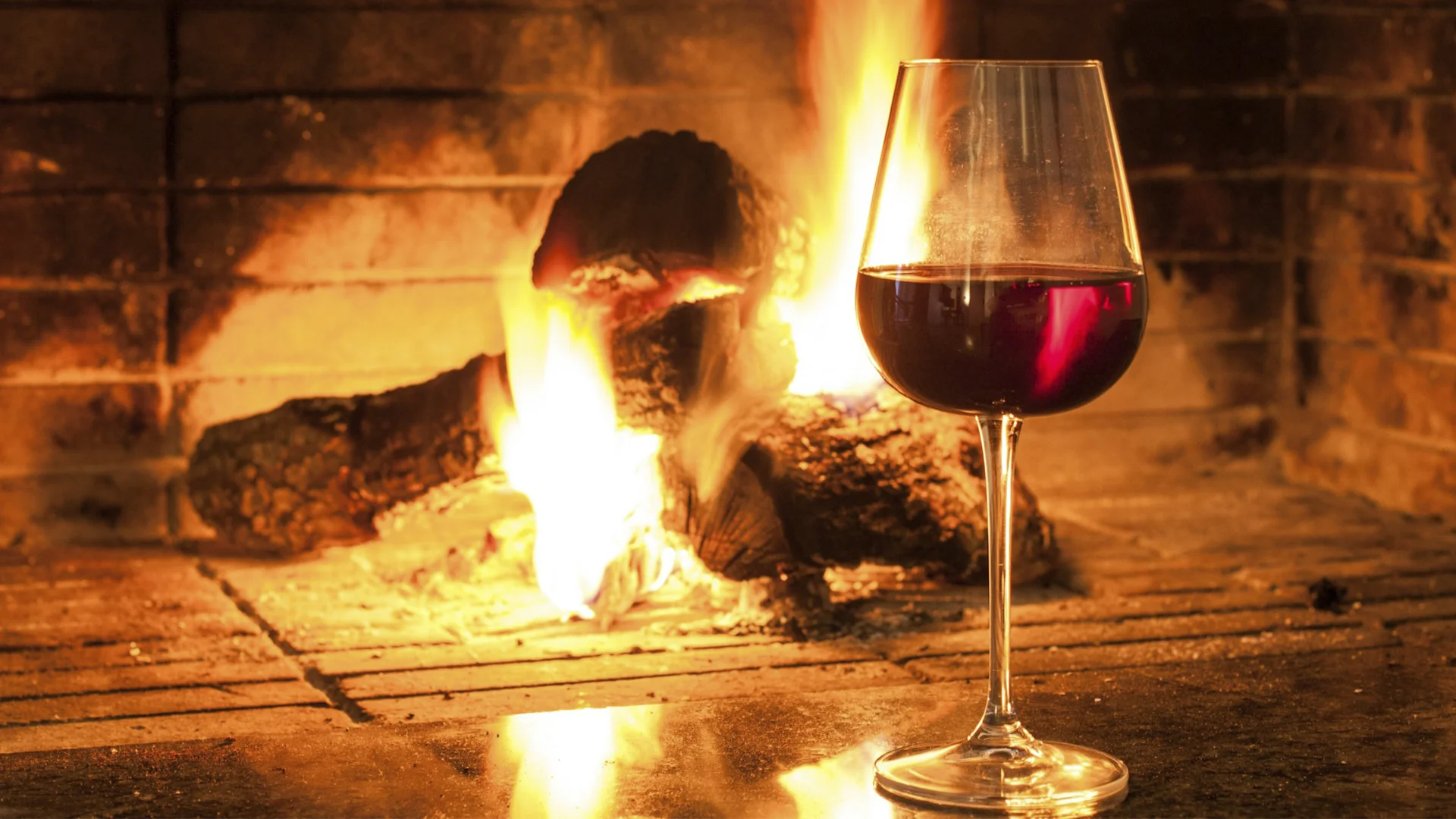


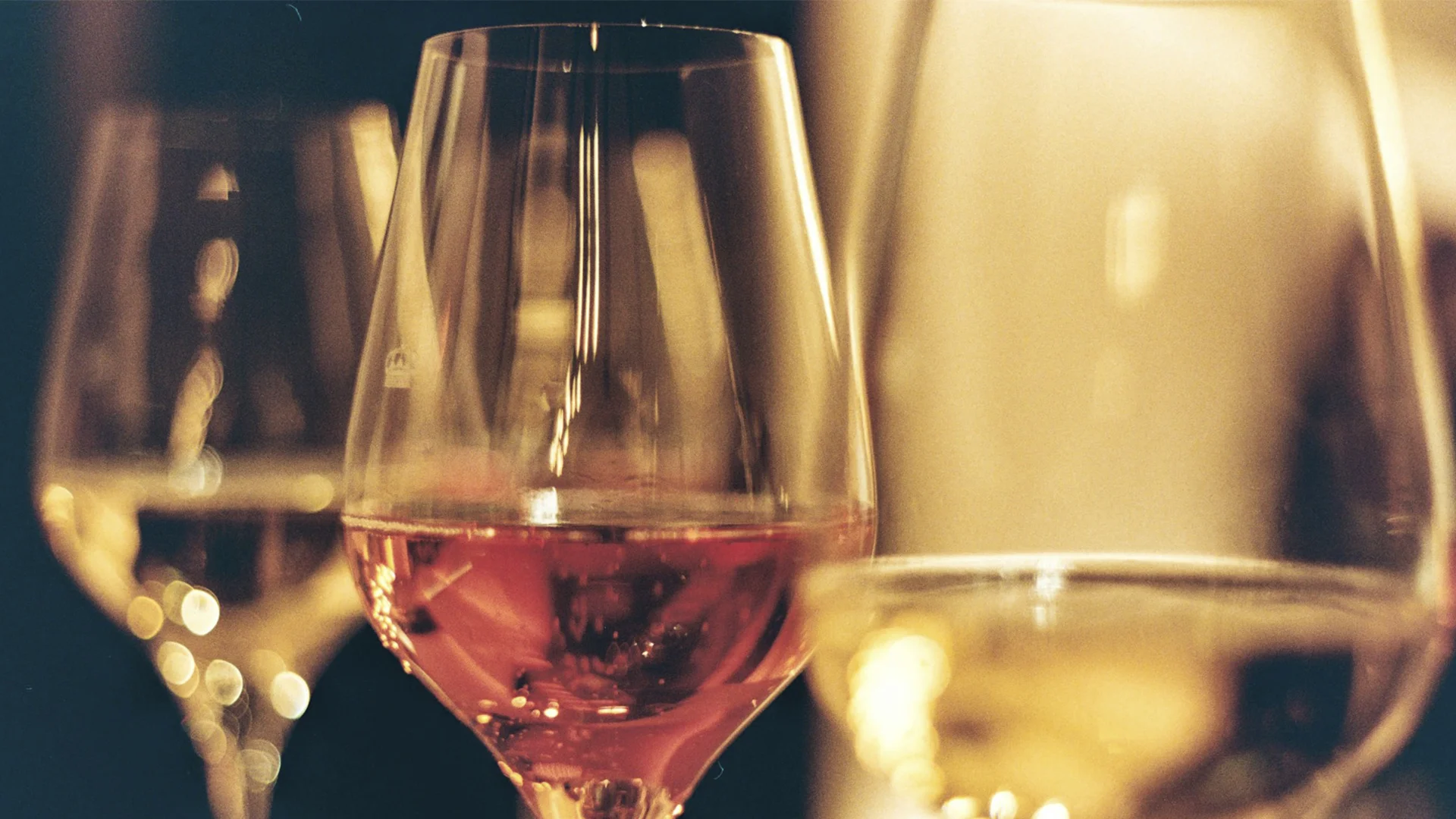
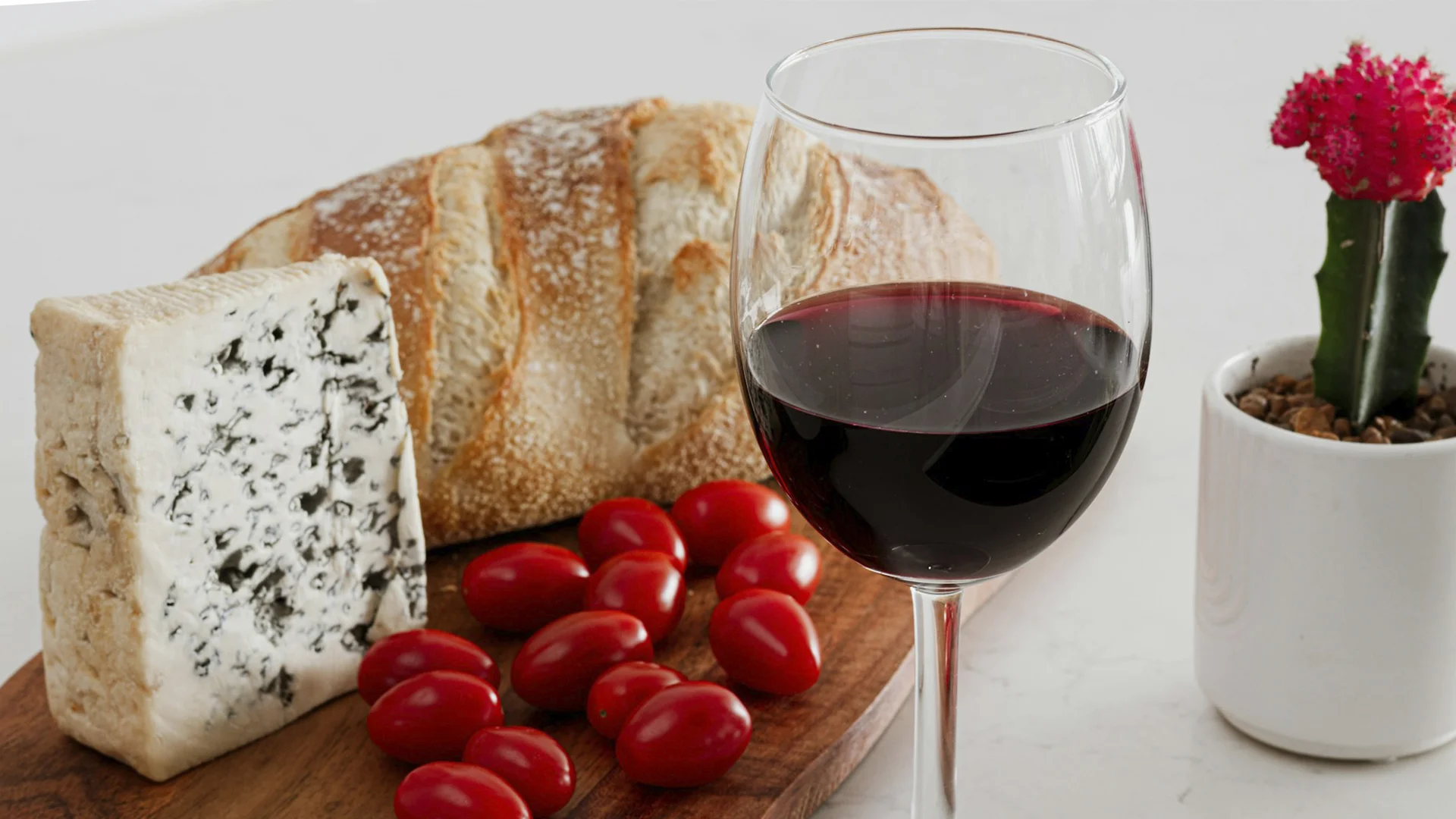

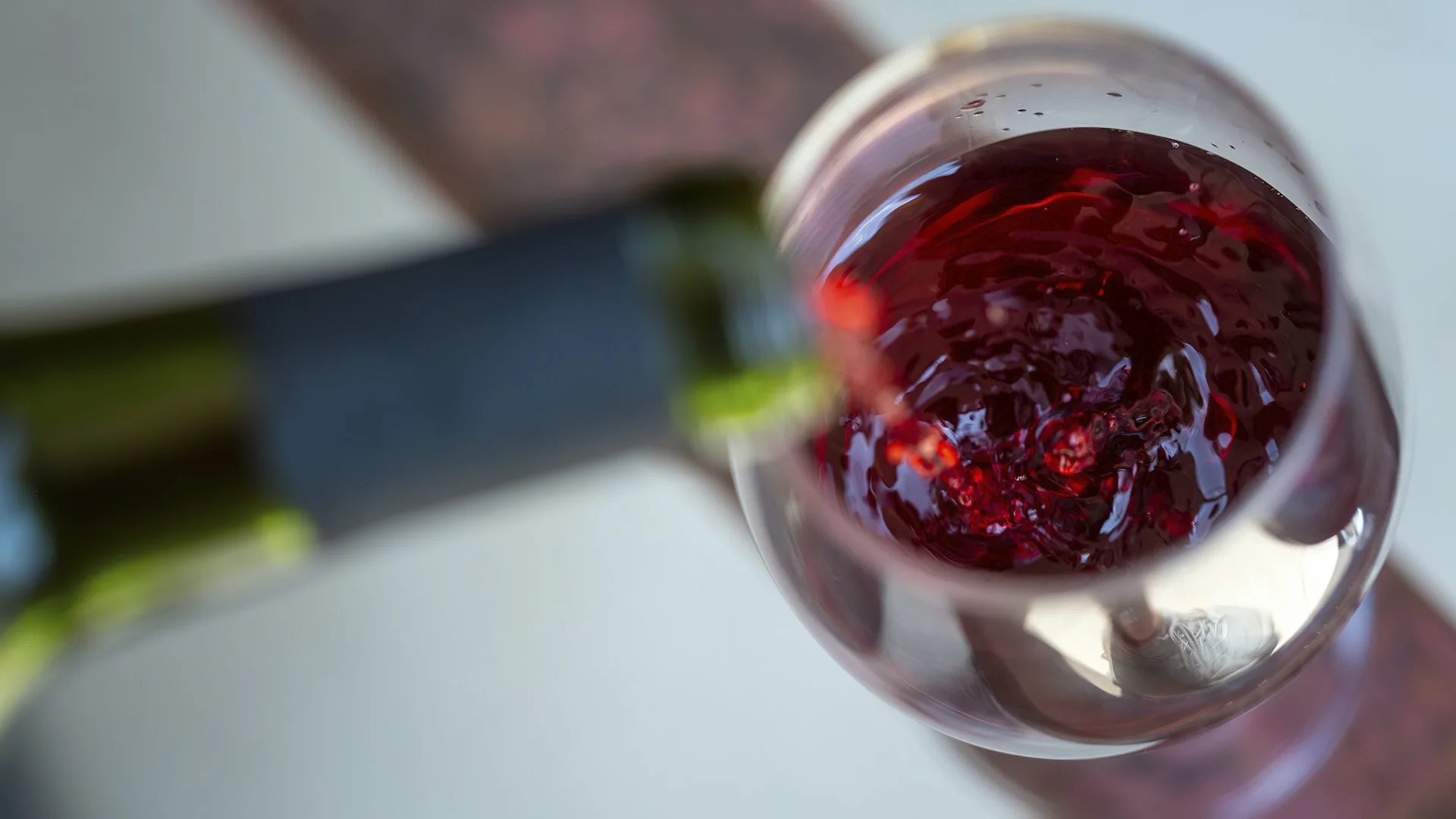


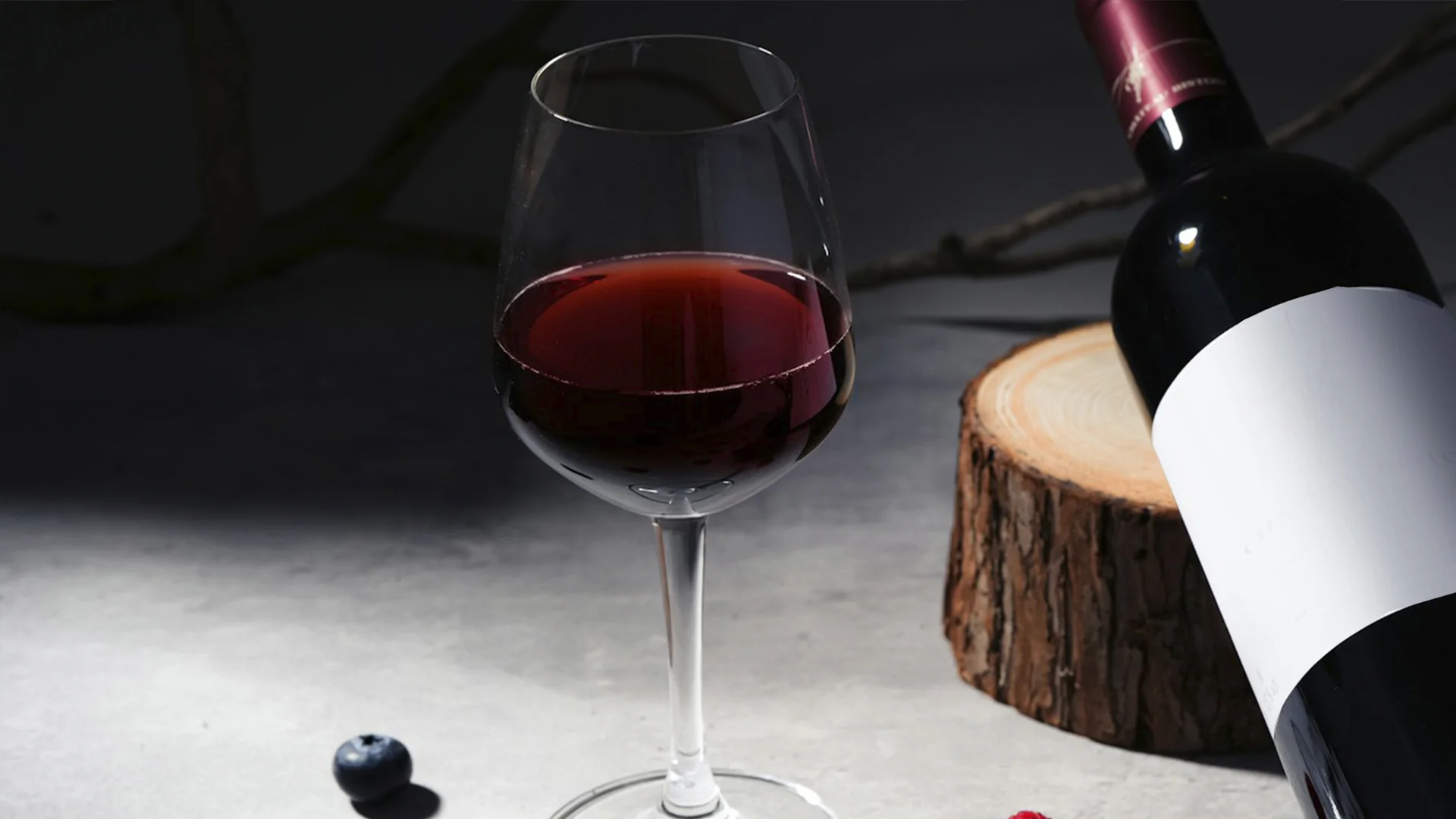
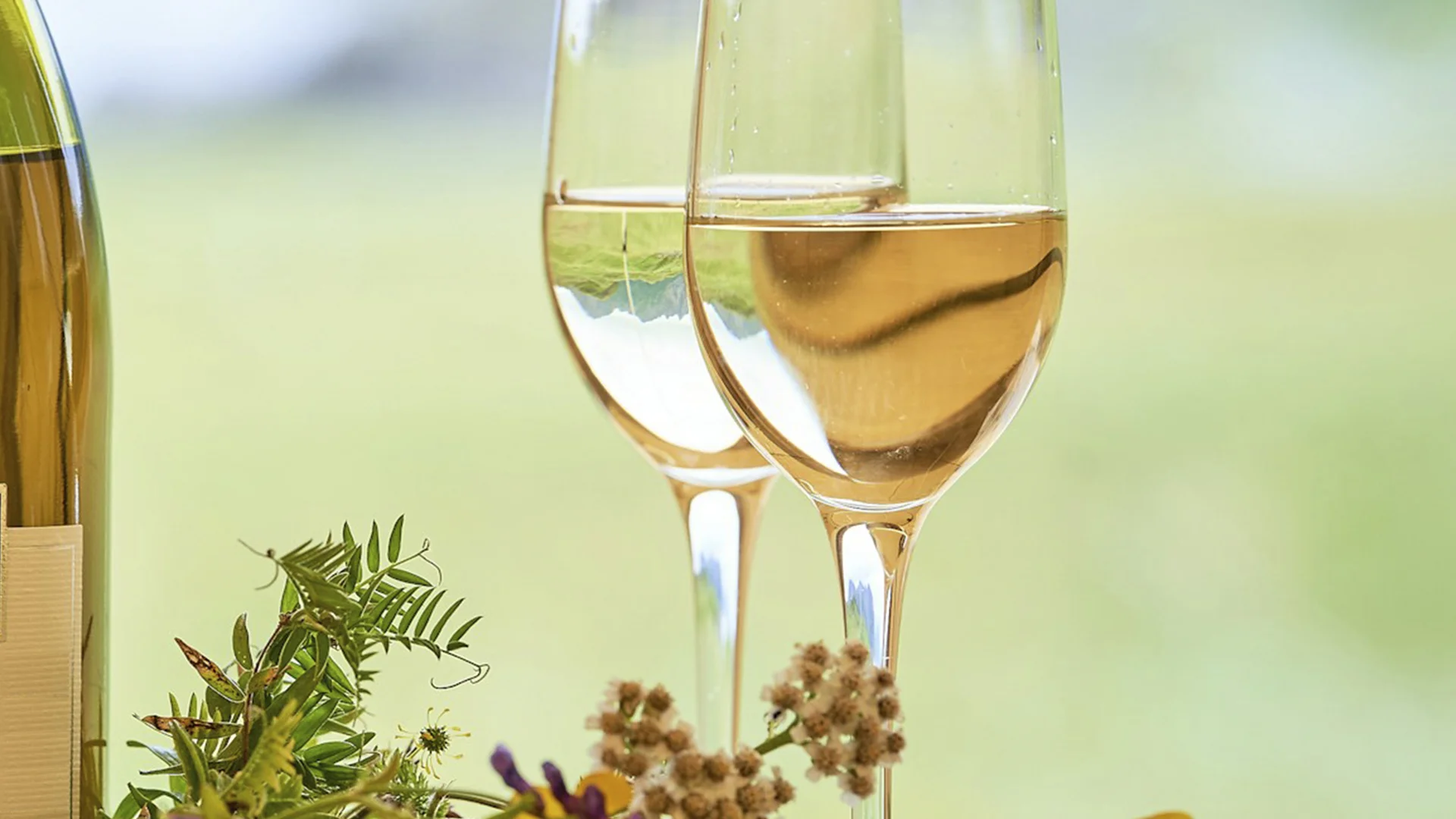
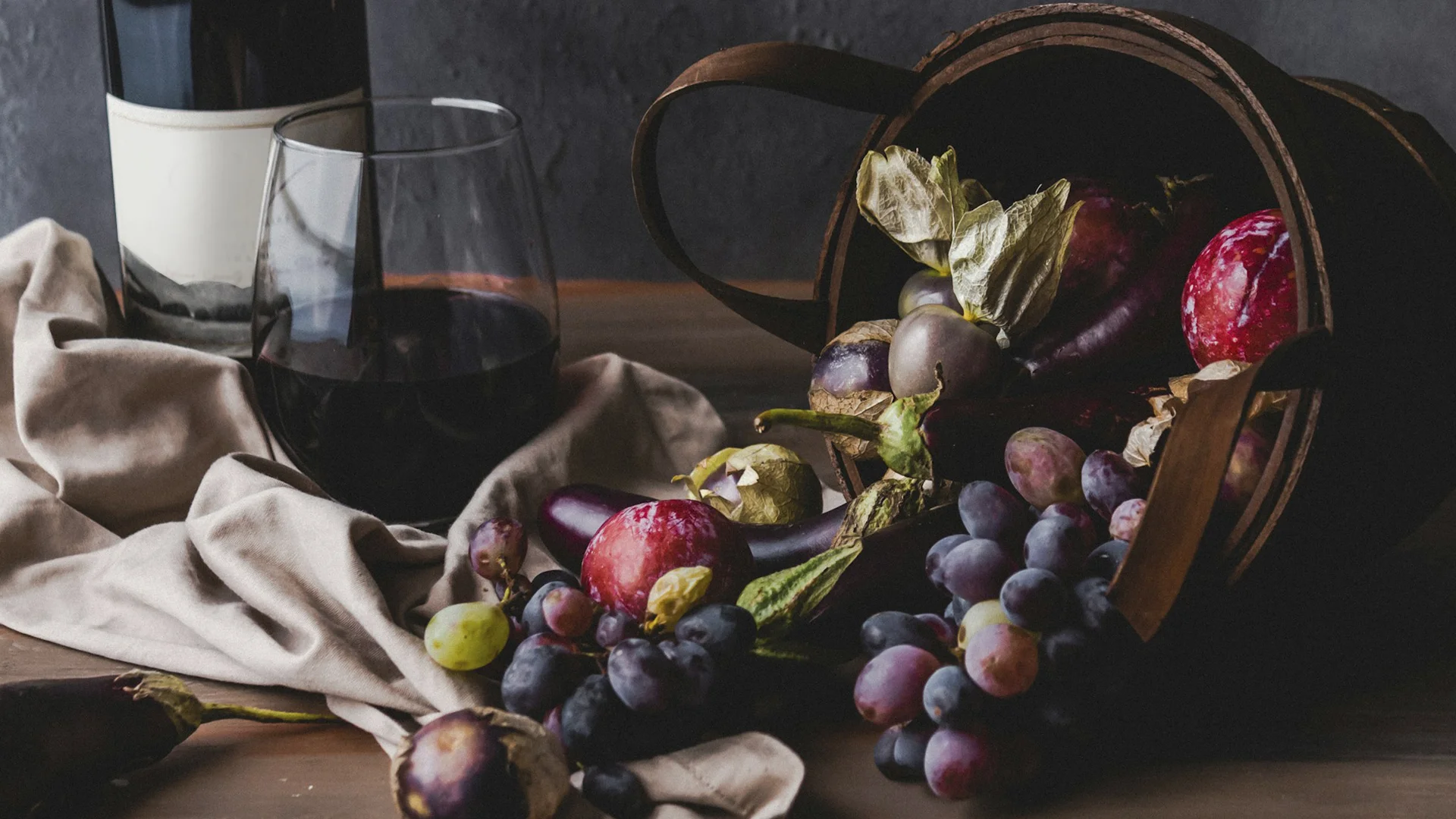
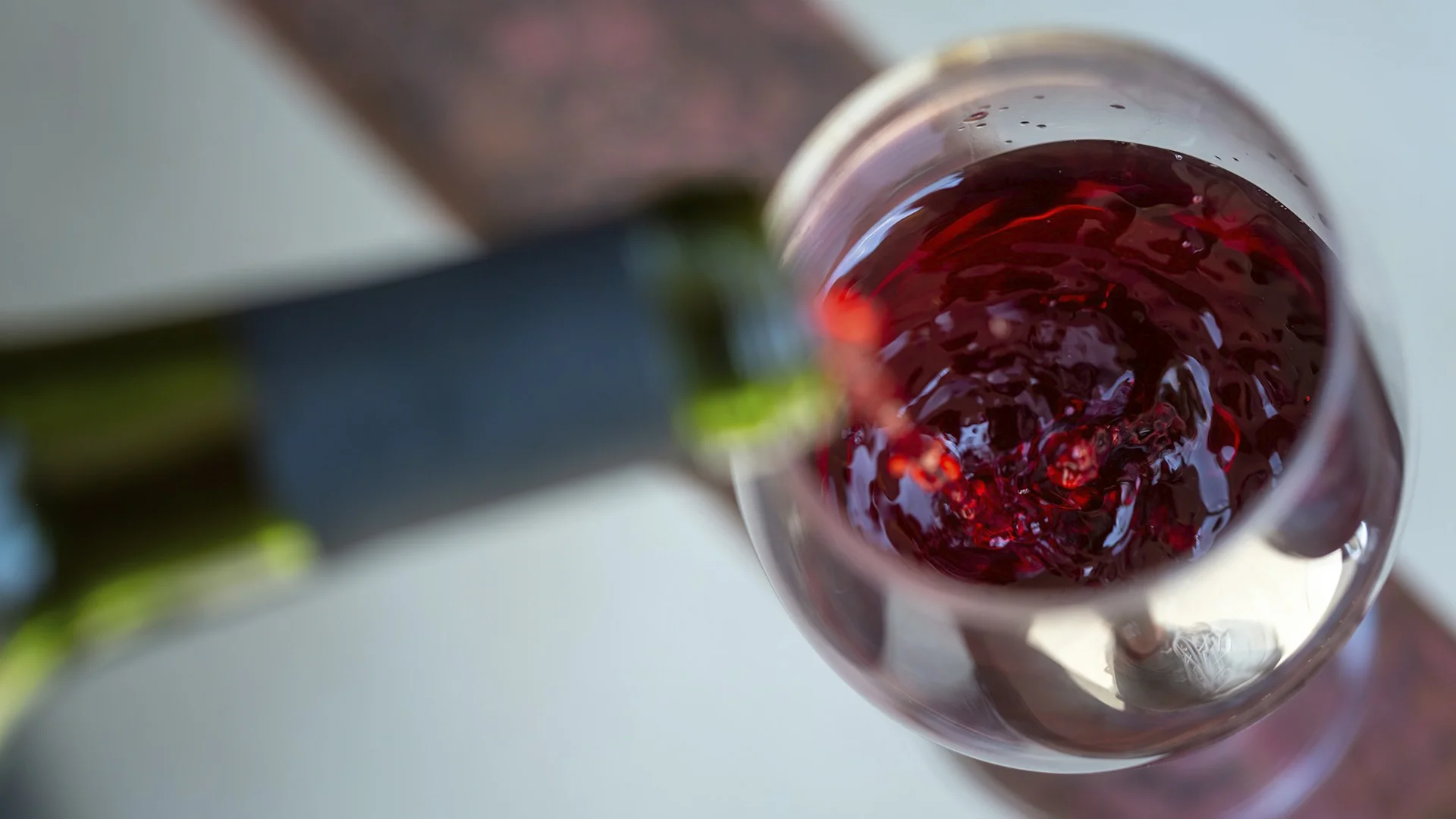







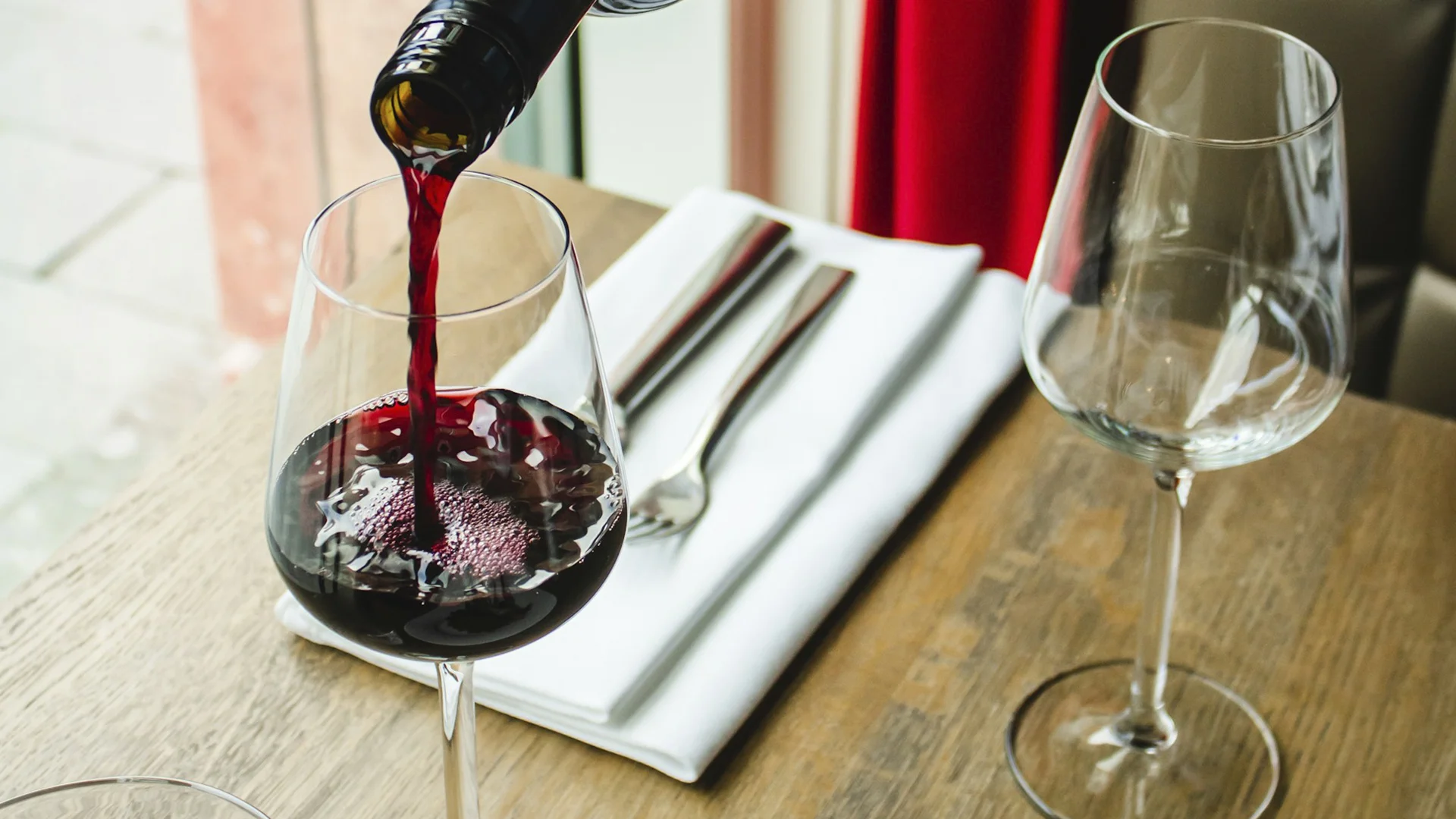












.webp)

.webp)
.webp)
.webp)



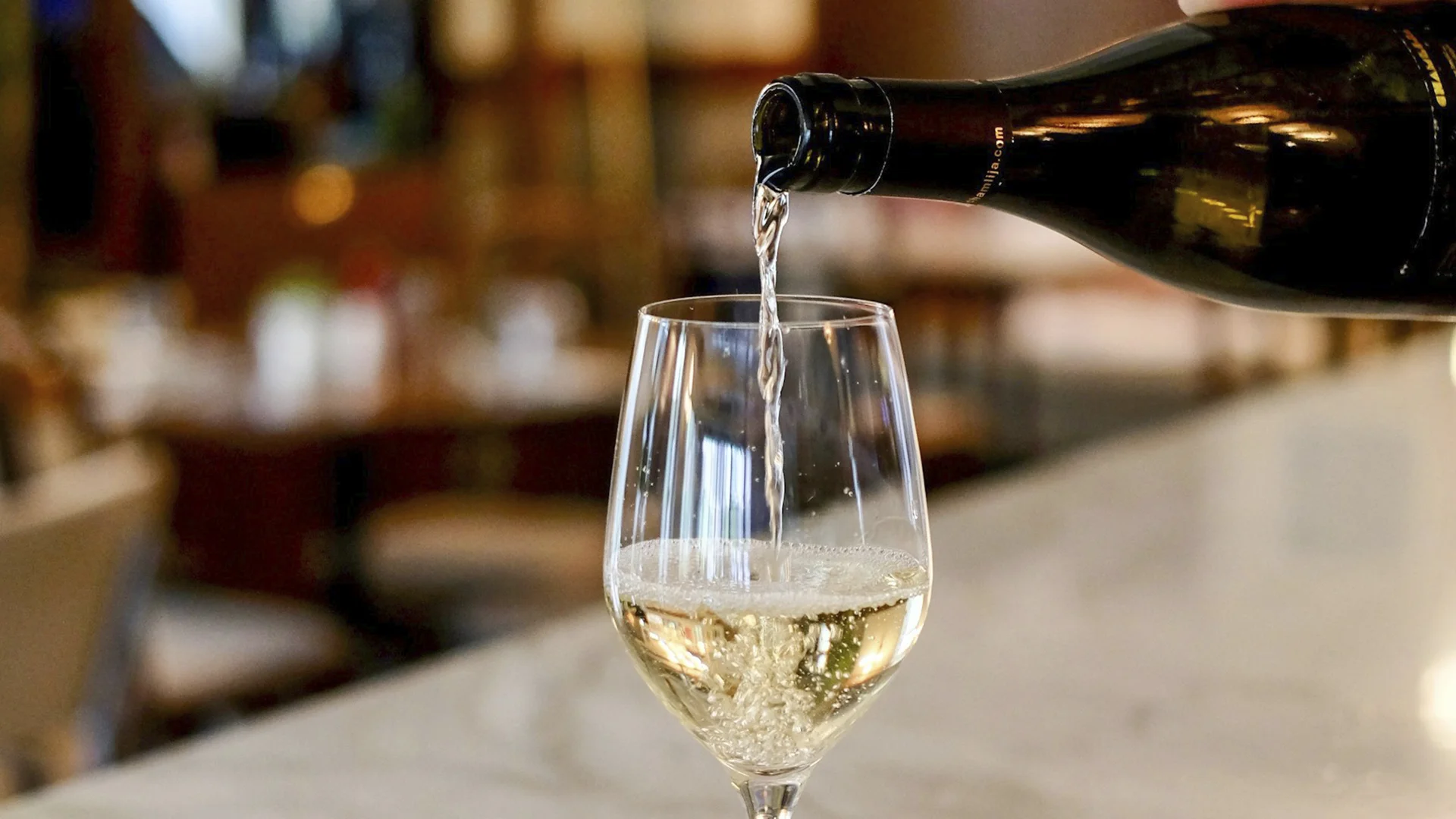


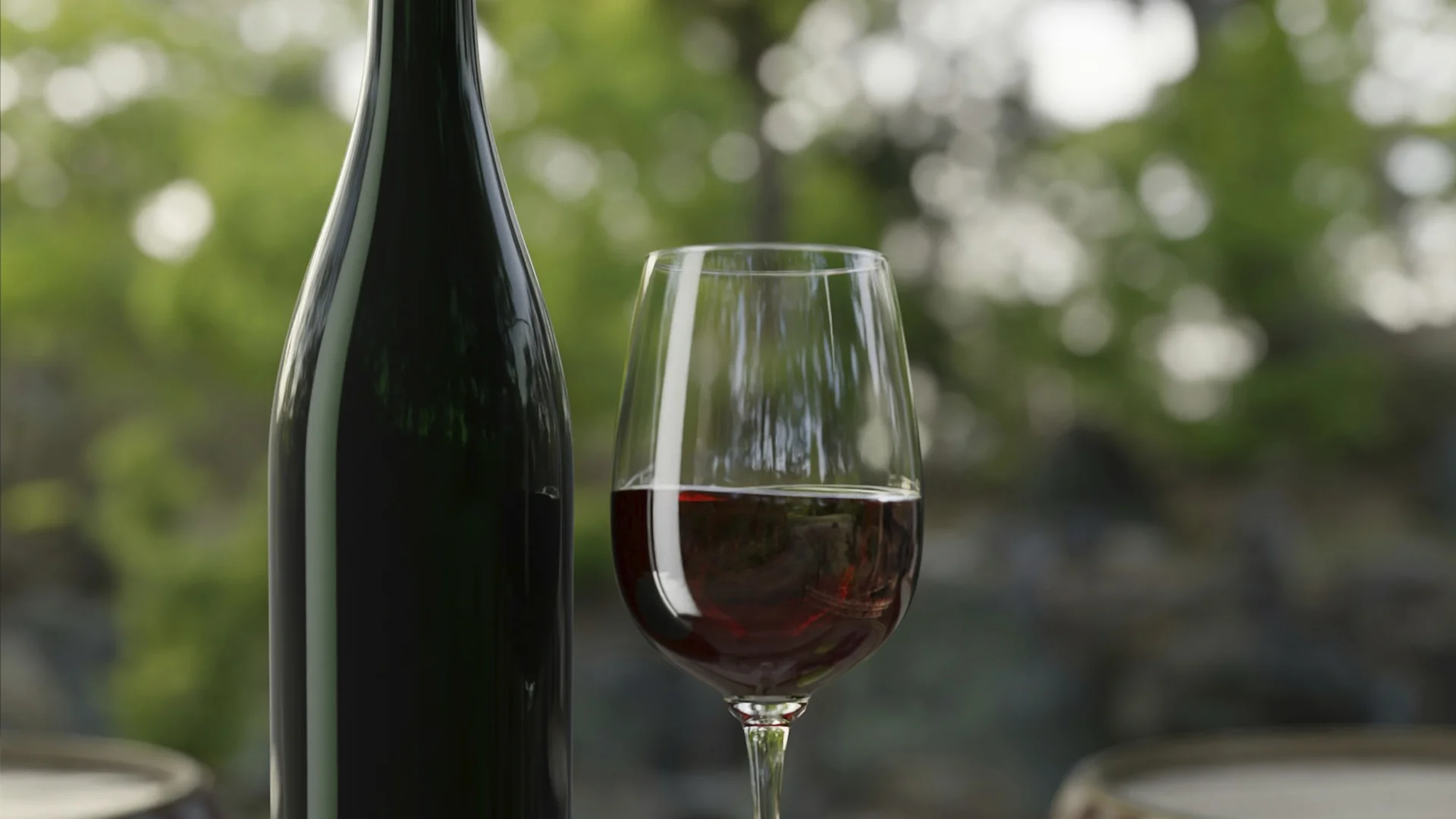



















.webp)













Are you interested in
collaborating with us?